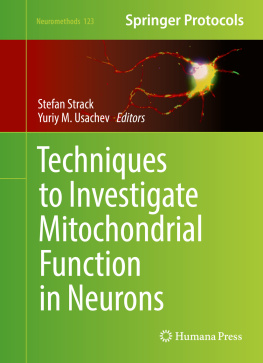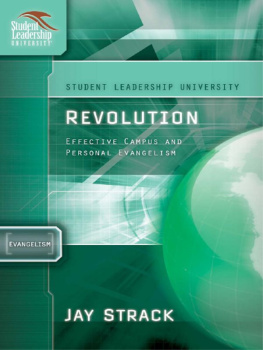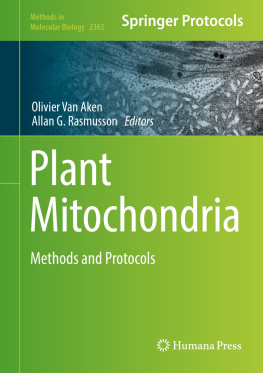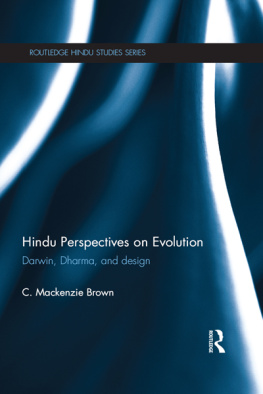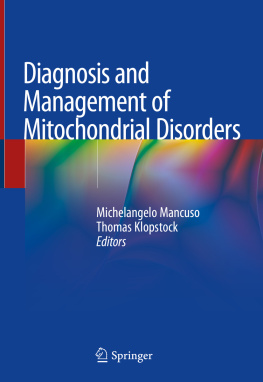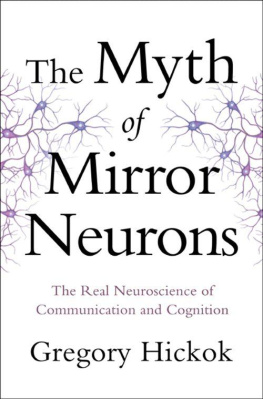Strack Stefan - Techniques to Investigate Mitochondrial Function in Neurons
Here you can read online Strack Stefan - Techniques to Investigate Mitochondrial Function in Neurons full text of the book (entire story) in english for free. Download pdf and epub, get meaning, cover and reviews about this ebook. City: New York;NY, year: 2017, publisher: Springer;Humana Press, genre: Home and family. Description of the work, (preface) as well as reviews are available. Best literature library LitArk.com created for fans of good reading and offers a wide selection of genres:
Romance novel
Science fiction
Adventure
Detective
Science
History
Home and family
Prose
Art
Politics
Computer
Non-fiction
Religion
Business
Children
Humor
Choose a favorite category and find really read worthwhile books. Enjoy immersion in the world of imagination, feel the emotions of the characters or learn something new for yourself, make an fascinating discovery.
- Book:Techniques to Investigate Mitochondrial Function in Neurons
- Author:
- Publisher:Springer;Humana Press
- Genre:
- Year:2017
- City:New York;NY
- Rating:5 / 5
- Favourites:Add to favourites
- Your mark:
- 100
- 1
- 2
- 3
- 4
- 5
Techniques to Investigate Mitochondrial Function in Neurons: summary, description and annotation
We offer to read an annotation, description, summary or preface (depends on what the author of the book "Techniques to Investigate Mitochondrial Function in Neurons" wrote himself). If you haven't found the necessary information about the book — write in the comments, we will try to find it.
Strack Stefan: author's other books
Who wrote Techniques to Investigate Mitochondrial Function in Neurons? Find out the surname, the name of the author of the book and a list of all author's works by series.
Techniques to Investigate Mitochondrial Function in Neurons — read online for free the complete book (whole text) full work
Below is the text of the book, divided by pages. System saving the place of the last page read, allows you to conveniently read the book "Techniques to Investigate Mitochondrial Function in Neurons" online for free, without having to search again every time where you left off. Put a bookmark, and you can go to the page where you finished reading at any time.
Font size:
Interval:
Bookmark:
- Specimen preparation, including the application of fiducial markers.
- Tilt series collection, paying attention to optimal imaging parameters.
- Image processing, with consideration of the strengths and limitations of common methods.
- Segmentation of mitochondrial compartments for display and measurements.
- Figure and movie making for analysis and presentation.
- Heat 20 ml of double-distilled (dd)water in a glass beaker to above 60 C, but less then 100 C (i.e., not boiling).
- In a fume hood, add 1 g paraformaldehyde (Prills EM quality). Stir with a stir bar.
- Add 2 drops 1 N NaOH solution into the stirring solution.
- When the solution clears, take the beaker off the hotplate (and after cooling close to RT) filter through a #1 Whatman filter, using a funnel into a clean beaker.
- Add 5 ml of 25% glutaraldehyde (EM grade).
- Add 16 ml of a 0.3 M cacodylate stock solution pH 7.4.
- Bring total volume to 50 ml with dd-water.
- Warm to 37 C in a water bath before perfusion fixation.
- Add the following components together from stock solutions:
- 2.5 ml Na2HPO4 (18 g/L).
- 24.8 ml NaCl (80 g/L).
- 2.5 ml KCl (38 g/L).
- 2.5 ml MgCl2. 6 H2O (20 g/L).
- 6.3 ml NaHCO3 (50 g/L).
- 0.5 g dextrose.
- Bring the total volume to 250 ml with dd-water.
- Bubble 95% air/5% CO2 through the solution at 37 C for 5 min.
- Add 2.5 ml CaCl22 H2O (30.0 g/l).
- Continue to bubble the gas until switching the line to the fixative.
- Because high quality ultrastructure is desired, add 2.5 ml xylocaine (anesthetizes smooth muscle) and 5 ml heparin (prevents blood clotting).
- Set out the necessary surgical instruments: large and small scissors, hemostat, tweezers, and iris scissors.
- Anesthetize the mouse by giving an intraperitoneal injection of nembutol (0.1 cc/100 gm body weight). Ensure the needle is in the peritoneal cavity by drawing back needle and checking for air (no blood).
- Allow the anesthetic to take effect and test the consciousness of the mouse by using a tail pinch and a paw prick. Ensure that breathing does not stop because mitochondrial structure often changes after even only 1 min of ischemia.
- Pin the anesthetized mouse to a board.
- Using small scissors and tweezers, lift up the skin below the rib cage and cut until the liver is visible. Cut upward along the sides of the body cavity until the diaphragm is visible. Cut the diaphragm and then quickly cut up along the sides of the body, being very careful not to damage the heart.
Font size:
Interval:
Bookmark:
Similar books «Techniques to Investigate Mitochondrial Function in Neurons»
Look at similar books to Techniques to Investigate Mitochondrial Function in Neurons. We have selected literature similar in name and meaning in the hope of providing readers with more options to find new, interesting, not yet read works.
Discussion, reviews of the book Techniques to Investigate Mitochondrial Function in Neurons and just readers' own opinions. Leave your comments, write what you think about the work, its meaning or the main characters. Specify what exactly you liked and what you didn't like, and why you think so.

